The Strategy for Active Cycling Mobility in one minute
Vision
A country that is «proudly active», where cycling is a safe and widely practiced activity, serving as an accessible and attractive mobility option. This maximizes benefits for health, the economy, employment, the environment, and citizenship.
Mission
To encourage and popularize cycling for daily commutes and leisure, making active mobility the preferred choice for short distances. This involves synergies with public transportation nationwide, significantly improving the quality of life for Portuguese citizens .
Critical Success Factors
- Continued political commitment
- Engage relevant «stakeholders», including ministries, central, regional and local public administration, as well as other public and private institutions and civil society;
- Integrate active mobility goals into urban and infrastructure management processes.
- Adequate and timely funding across the three intervention axes
- Promote active transportation-friendly policies and actions across the three intervention axes : infrastructure and intermodality, capacity building and support, and culture and behavior.
- Local intervention strategies
- Adapt approaches to local specificities in active mobility management;
- Allocate dedicated and competent human resources;
- Prioritize and embed specific competencies within institutions.
- Continuous improvement of products, processes and services
- Ensure comprehensive, consistent and comparable monitoring and critical evaluation of results;
- Encourage research, analysis and informed critical reflection.
- Focus on children and young in school age
- Create conditions for drastic behavior changes in the new generations.
- Focus on people with disabilities
- Ensure good accessibility conditions in public spaces.
Goals
- goals for 2025:
- Modal share of bicycle trips nationwide of 3%
- Modal share of bicycle trips in cities of 4%
- Total length of bike lanes of 5 000 km
- Reduction in road accidents involving cyclists by 25%
- goals for 2030:
- Modal share of bicycle trips natiowide of 7,5%
- Modal share of bicycle trips in cities of 10%
- Total length of bike lanes of 10 000 km
- Reduction in road accidents involving cyclists by 50%
Desired outcomes
Health
- Potential reduction in road accident victims;
- Improved overall health and well-being of the population;
- Decreased sedentary behavior, obesity and physical inactivity;
- Reducted incidence of respiratory problems in localities.
Economy and Employment
- Increase of active tourism;
- Reduced reliance on fossil fuels in transportation;
- Job creation and value generation in the bicycle industry;
- Lower costs due to traffic congestion;
- Reduced absenteeism in the workforce and schools;
- Expanded coverage and use of public transportation;
- Boosted local commerce;
- Decreased healthcare system expenses;
- Lower costs related to road accidents.
Environment
- Reduced emission and greenhouse gass in the transportation sector;
- Decreased noise pollution;
- Promotion of an efficient and sustainable transportation system.
Citizenship
- Safer, more accessible and attractive localities prioritizing active transportation;
- Reduced social inequalities in access to work, education and consumption;
- Increased mobility independence for younger people and individuals with reduced mobility.



